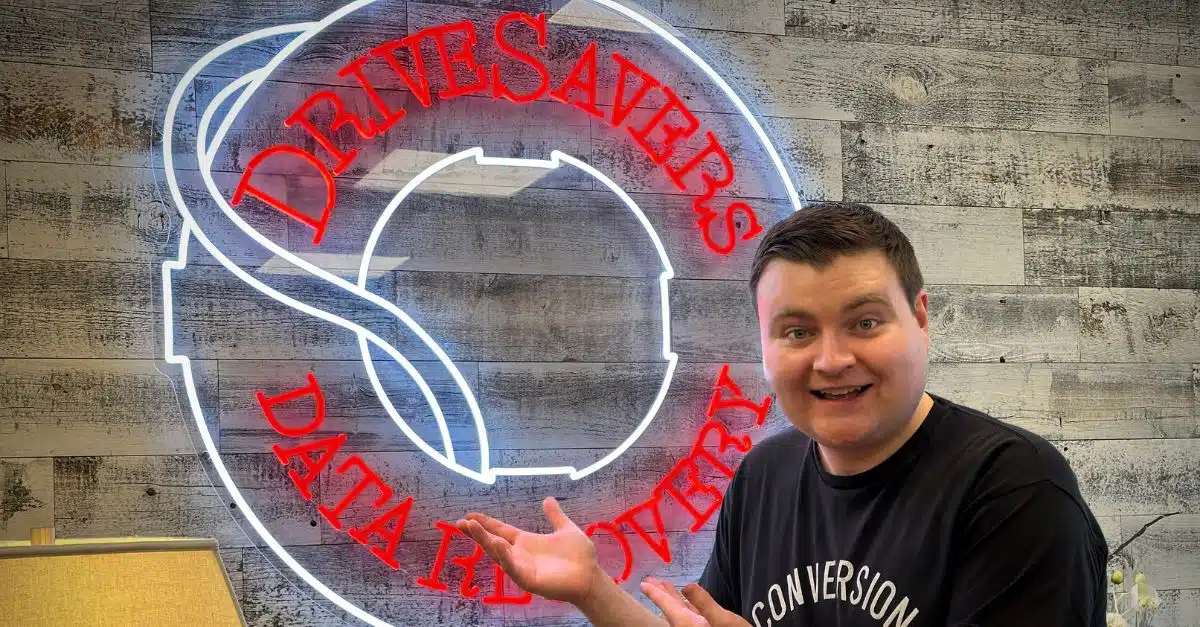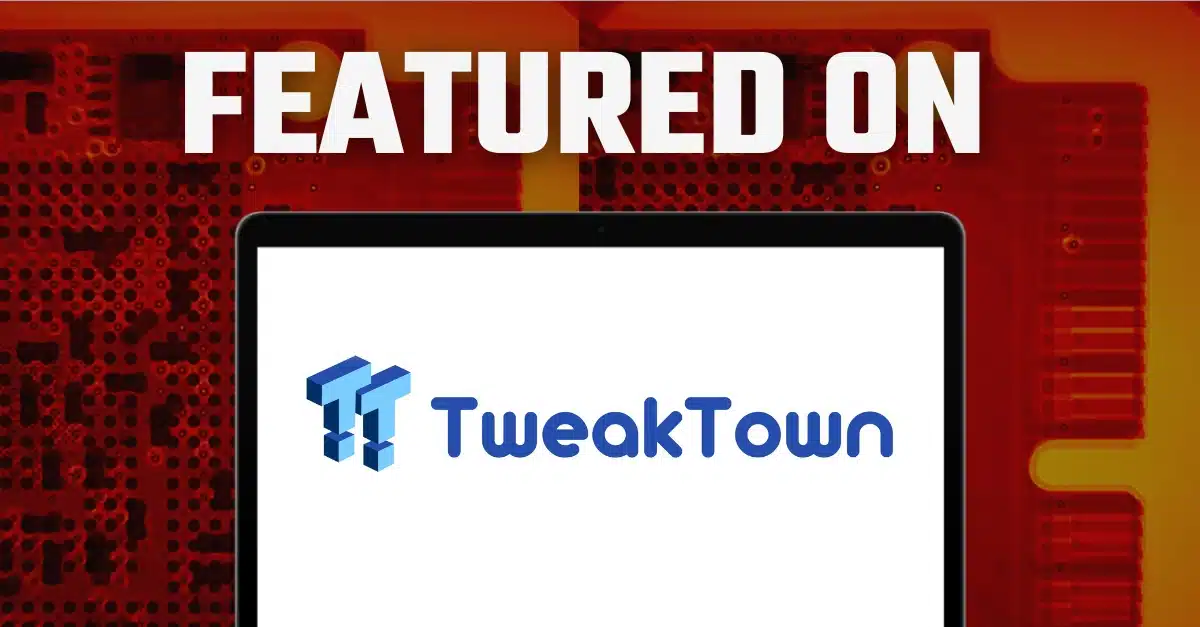Summary: Ken from Computer Clan paid a visit to DriveSavers, ready to unravel the mysteries…
SFGate: It’s Easy and Relatively Cheap: Back Up Your Computer

Scott Gaidano knows that by the time people call DriveSavers, the Novato firm he co-founded to recover lost files, they’re so frantic and furious that he keeps a data-crisis counselor on staff to help calm them down. “People tend to trust their computers for some reason, and when the disk drives fail they feel betrayed,” said Gaidano, who preaches the gospel of frequent backups as the best way to avoid having to spend $500 or more recovering lost data.
With everyone from students and parents to small-business owners and corporate executives capturing important moments in digital files, data backup has become the most important electronic habit that many people fail to learn. In fact, roughly 4 out of 10 Americans surveyed in June told Harris Interactive, the scientific polling firm, they’d lost computer files due to some hardware or software glitch – with personal photos emerging as the type of file people are most afraid to lose. To help readers avoid calling that data crisis line, The Chronicle asked industry experts to recommend backup practices to fit every need and budget, from the starving student to the frugal consumer to the busy businessperson.
First and foremost, they said, backing up is a habit that can be learned. There are so many ways to copy and safeguard digital files that awareness, rather than cost or complexity, is the real hurdle. For instance, at the no-cost end of the spectrum, users can duplicate documents and other data files by uploading copies to services like Yahoo Mail, which started offering free unlimited storage earlier this year. Likewise, any number of photo-sharing services such as Photobucket.com offer free or low-cost storage with the added benefit of being able to invite friends to look at your pictures. Finally, flash drives of the sort that hang off key chains cost as little as a pair of movie tickets, and they can salvage that term paper even if the computer crashes, because “The dog ate my homework” just doesn’t cut it anymore. The only catch is, it’s easy to lose these small gizmos.
But for consumers and business owners who may be keeping priceless memories or vital records on a single hard drive, creating an efficient and effective backup system starts with thinking through the family or company workflow and deciding which of the two main options – tried-and-true hardware backup or the new-and-improving online storage alternatives – offers the best mix of cost, convenience and reliability.
If you are without any backup now, choosing an online backup vendor could be the quickest path to getting some insurance while you plan a hardware-based, on-site backup system.
A blog post titled “The Online Storage Gang” that appeared on TechCrunch earlier this year scanned a baker’s dozen of these new online data vaults, including such outfits as OmniDrive.com, Box.net and Mozy.com. Mozy Chief Operating Officer Vance Checketts said his firm, like others in the category, offers some free online storage for consumers, along with a variety of low-cost, pay-per-month options targeted at both home and business customers. Users upload their data files, via software provided in this case by Mozy, to a secure storage facility that is designed to create the equivalent of better than a triple backup.
“The probability of the loss of your data is extremely, extremely low,” Checketts said. Because there is no equivalent of the Federal Deposit Insurance Corp. to replace any data you entrust to one of these online repositories, it might be wise to additionally insure yourself against loss by taking the option offered by many of these services of creating a physical record, for instance on DVDs, so you can stick a backup of digital pictures in a fireproof or safety deposit box.
Checketts said that in Mozy’s case, once the first, time-consuming backup is done, the software sits in the background updating files as need be to automate the process. And, he said all data is sent and stored in an encrypted form – to discourage, if not prevent, hackers from stealing data either in transit or at its storage site.
While the online storage option offers convenience, it has to be considered a relatively untested option compared with the increasingly capacious and easy-to-use on-site backup options offered by hardware vendors like Seagate Technology, the disk-drive manufacturer.
Ben Castro, a manager in Seagate’s backup division, said there’s really no cost or complexity argument against creating a physical backup of your home or business hard drives – and taking the extra thought to make sure that backup is not in the same place as the originals in case of fire, theft or vandalism.
For starters, relatively cheap, palm-size portable hard drives can slip into a jacket or purse and carry away a backup of a hard drive. How much backup is enough in terms of capacity? “At least two times the storage of the drives that you are backing up,” Castro said. So if you have multiple PCs, add up their capacities and double it. Although protecting digital photos is the top consumer concern today, Seagate and other drivemakers anticipate that backup demands will increase as digital video becomes more common. After all, no parent wants to lose the clip of baby’s first steps.
So drivemakers are building backup boxes that can plug into a USB or FireWire port on a personal computer, or into a home or small-business network, and back up all the data on several computers according to a software-driven schedule. For about $400 or $500, some of these backup systems can store a terabyte or more of data – a terabyte being a thousand gigabytes. If you do opt for one of these home or business-based systems, chances are you won’t run out of capacity. Seagate says 64 of these monster-drives can be strung together using the FireWire option, or 128 can be so joined using USB 2.0.
Of course, any such on-site system would still require some sort of a fire- or theft-proofing option, which is no big deal for consumers with just a few hundred gigabytes of data. A portable, pocket-size drive is the perfect off-site second backup – providing you remember to periodically perform that additional safety step and put the drive in, say, the garage or a safe deposit box. But it may also behoove you to make the first backup on site, using hardware, and then to buy additional protection using one of the online backup services as the off-site, second option. And remember, if you ignore these tips until the day your hard drive comes crashing down, data crisis counselor Kelly Chessen at DriveSavers is standing by to take your call, and Gaidano, the company’s president, said she really knows her stuff. “She worked the suicide hot line in Napa before she came here,” he said.
What are you afraid to lose?
In June, Harris Interactive asked home computers users what type of data they’d most regret losing. Survey said:
— Personal photos: 39 percent
— Documents, e-mails: 21 percent
— Financial/business data: 12 percent
— Music, movie files: 8 percent
— Personal, business contacts: 7 percent
— Home videos: 1 percent
— Those who said they don’t store important content: 11 percent
Source: Seagate Technology, which sponsored the poll
Make a backup plan
— Copy all key data using on-site hardware or an online storage Web site or, better yet, a combination of the two.
— Most backup packages come with software that automates the update process. Use it.
— Whatever your plan, make sure one copy of vital files is stored separately from the other or kept in a fire-proof or theft-proof place.
— Don’t delay. If you can’t develop the perfect plan, your best will be better than no plan at all.
Source: Seagate Technology
Read original article at sfgate.com



